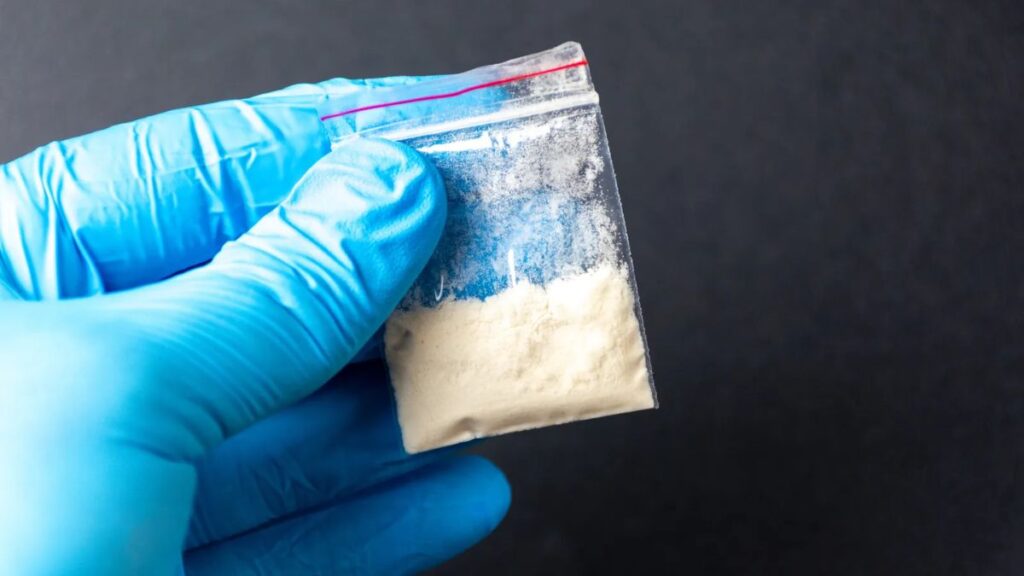Drinkers who notice their face turning red after alcohol may be showing a warning sign linked to serious health risks, including pancreatic cancer, experts say.
Dr. Michael Mrozinski, a Scottish emergency medicine specialist, recently raised concerns about facial flushing — a reaction where the face turns red shortly after drinking. He explained that this reaction is caused by a buildup of acetaldehyde, a toxic byproduct of alcohol metabolism.
While occasional flushing might just lead to a headache, nausea, or a racing heart, frequent or severe episodes could be more serious. According to Dr. Mrozinski, high levels of acetaldehyde can be harmful to vital organs in the upper digestive system, including the stomach, oesophagus, and pancreas.
“If you flush after drinking, you may be at higher risk of certain cancers,” he said, adding that this includes stomach, esophageal, and possibly pancreatic cancer.
Pancreatic cancer, though rare, is aggressive and often diagnosed late. It is most common in people over 65, and risk factors include smoking, obesity, diabetes, and now potentially this alcohol-related symptom.
Genetics also play a role. Some people carry a gene that produces an enzyme called aldehyde dehydrogenase, which helps break down acetaldehyde. People without this gene are more likely to flush and may face higher cancer risks from alcohol exposure.
Dr. Mrozinski urges people who experience flushing regularly to rethink their drinking habits, especially if they already have other risk factors.
“If you do flush and have a family history or other risks, it’s something you really need to think about,” he warned.
While the reaction may seem harmless, experts say it’s worth paying attention — because your body could be sending you a serious signal.









